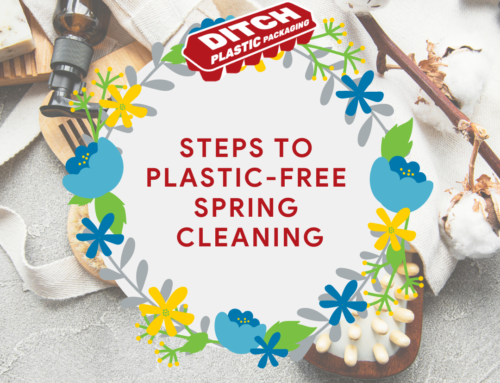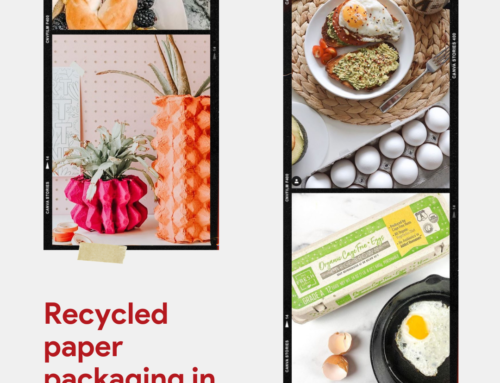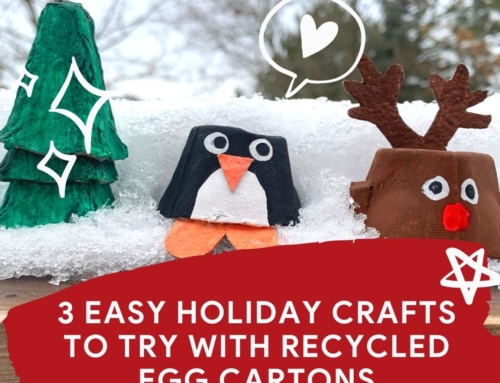Clea Shearer and Joanna Teplin are professional organizers from Nashville, Tennessee, and they’re also the stars of Netflix’s new hit reality show Get Organized with The Home Edit. Clea and Joanna’s company The Home Edit has grown to popularity through a large Instagram following and has attracted celebrity clients from Reese Witherspoon to Neal Patrick Harris. Their TV show follows them as they enter both celebrity and everyday clients’ homes. No matter which spaces their helping organize, they use the same three-step process: 1) Edit 2) Categorize 3) Contain.
The three steps have definitely inspired many Netflix viewers to start reorganizing their home closets, kitchens, bathrooms, and garages. We’re not going to lie, the show and Clea and Joanna’s system also had us thinking about containing our stuff at home and the office. Through the process, there are a number of things we can learn about going plastic and Styrofoam free in our homes and offices and be more conscious consumers that will hopefully over time be less wasteful. Here are 5 things we learned from Get Organized with The Home Edit:


1. Staying organized can help you buy less.
By ‘Editing’ your closets, drawers, pantries, and shelves, it allows you to pull out everything you already own and see what you have. When you categorize and contain, it creates a clear picture of what’s available in your home already. This will have you using what you already have and cut your bad habit of going out to buy more of something you didn’t think you had at home. In turn, you’ll end up purchasing less single-use plastic and polystyrene foam waste. This can be especially useful with our clothing as polyester, nylon, and acrylic fabrics all contain plastic. If we continue to wear what’s in our closet, we’re less likely to buy a piece of clothing that we may not necessarily need. The process also helps to donate old items to thrift stores or those in need. Additionally, we use up foods in our pantries and fridges and create less food and packaging waste going forward.
2. Using glass jars in your pantry can help you stop purchasing single-use plastic and Styrofoam packaging.
One of the highlights of Get Organized is Joanna and Clea’s use of clear glass and storage containers, jars, and bins to help contain food and other household items. By emptying your pasta, nuts, snacks, rice, and other dry goods into glass jars, this not only allows for a consistent, clean look in your cupboards but also gets you to ditch the single-use plastic packaging. Once you’ve done this once, you can see what you’re running low on and then head to a bulk foods store instead of a traditional grocery store. Bulk food stores often allow you to fill your own reusable jars and containers – completely cutting out the single-use packaging. This will help you create less waste overall.



3. Use what you already have to contain your housewares, food, and beauty products.
Although it is nice to have brand-new matching storage for a consistent, clean cupboard or shelf, it’s best to try and use what you already have before heading out to buy storage bins. Find boxes, baskets, old mason jars, and bins around your home and use those when containing items. Get creative and save decorated cardboard boxes that have shipped to you to store photographs or keepsakes (brands like The Jilly Box or FabFitFun always have a themed box that can be reused for storage). This will save you from buying a storage bin that may not be necessary.
4. You can thrift or reuse whenever possible.
Once you ‘Edit’ your closets and cupboards, instead of throwing out the items you no longer want, choose a charity or a local thrift store to donate the old items to. Only 9% of plastic is actually recycled so by donating, you’re keeping plastics and polystyrene foam out of the landfill and out of our waterways and oceans. Once you see your items organized, you’ll want to reuse what you already have and next time you do need a new outfit, accessory or piece of furniture, you too may be inspired to shop the thrift store before heading to the mall. Not only does thrift shopping save on single-use plastic production, one thrifted t-shirt also saves 2,650 litres of water from making and purchasing a new one.


5. Finally, if you can edit the grocery store, what would it look like?
When watching Get Organized, it had us thinking about our local supermarkets and how they’re filled with single-use plastic and polystyrene foam packaging. Inspired by Joanna and Clea, we thought if we could take everything off the shelf in our grocery store and ‘Edit’ it to look like a categorized and contained The Home Edit pantry, what might it look like? We would start by removing any single-use plastic and polystyrene foam packaging and replace it with 100% recycled paper packaging, like moulded fibre egg cartons. We also picture more bulk sections in every store and no more cucumbers or fruits wrapped in single-use plastic. This is extremely wasteful. Refillery stores are popping up across North America – allowing customers to bring their own reusable jars and containers to buy bulk items – even liquid soaps and shampoos. Food and beauty products deserve to be in packaging that is recyclable, reusable, biodegradable and compostable. Thank you to Get Organized with The Home Edit, we have a lot to think about and we think major brands and retailers could learn a few things from asking this question too.
Have you watched Get Organized with The Home Edit? Are you inspired to shop bulk, thrift, or reduce your plastic and polystyrene waste in your home? We’d love to see your newly organized closets and pantries. Tag us in your photos using #ditchplasticpackaging.





